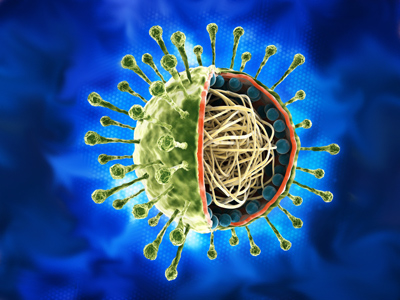
Unit 1 - Vaccination
In GCSE Biology students will look at how people can be immunised against certain unpleasant, and even deadly, diseases by vaccination. The vaccination process is often referred to as inoculation and has helped to completely eradicate some diseases such as smallpox. Many vaccines are given in early childhood as the immune system of a child is nowhere near fully developed. A number of these will give lifelong protection from a single dose but others need to be boosted some years later. Vaccines are most commonly administered singly but there are some combined vaccines such as the one that gives protection against measles, mumps and rubella (MMR).
Vaccines are made in several different ways. In some vaccines, for example those targeting measles and tuberculosis, live pathogens are treated in the laboratory to make them harmless. They will produce either a mild form of the disease or no disease at all. Some vaccines contain harmless fragments of the pathogen, for example vaccines used against hepatitis B and certain types of meningitis. The tetanus and the diptheria vaccines use the toxins produced by the target diseases. There is a final group of vaccines, for example the injected polio vaccine, which contains the dead pathogen.
Ready for more?
not all...
quizzers. Try to win a coveted spot on our Hall of Fame Page.







